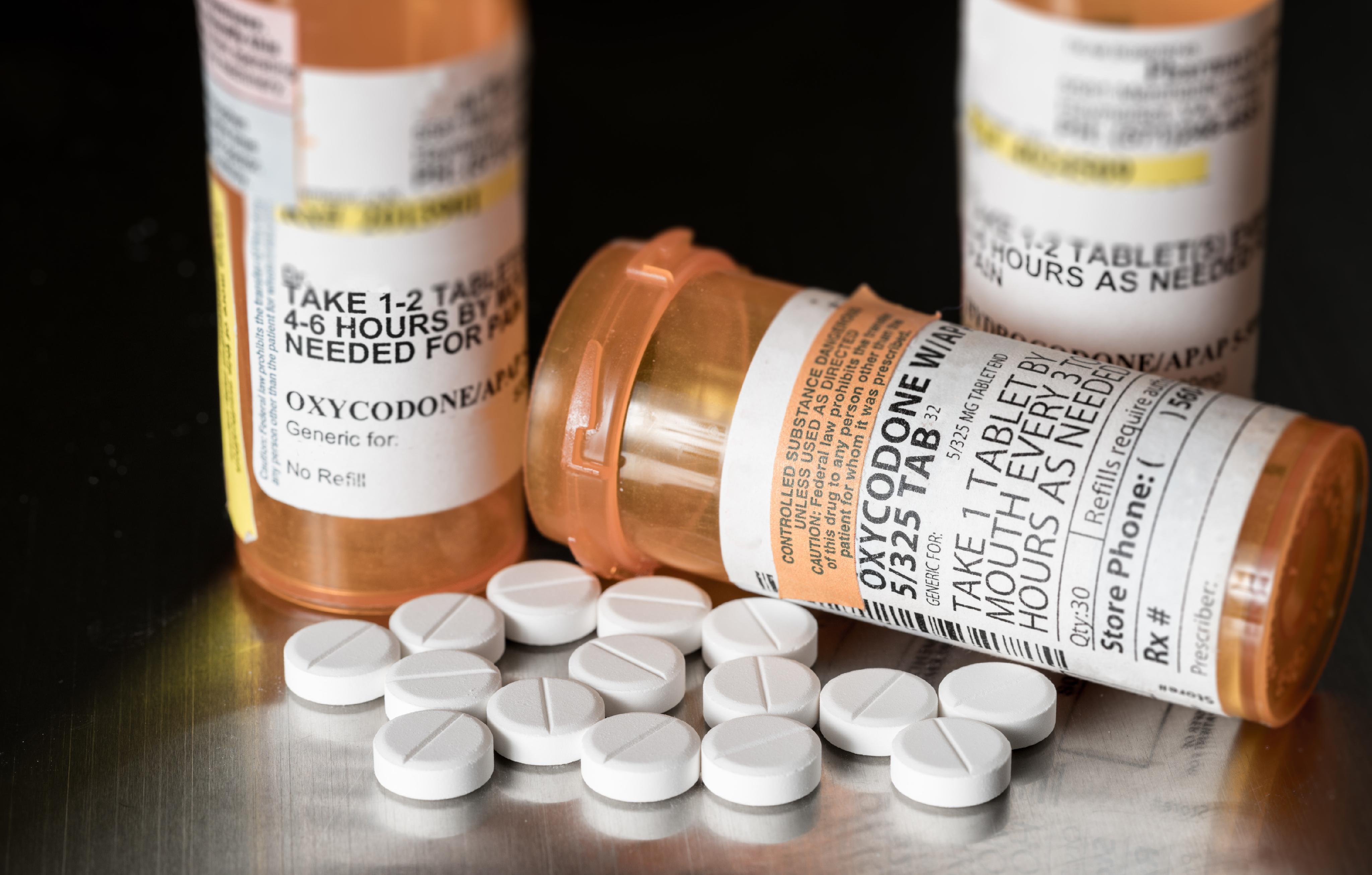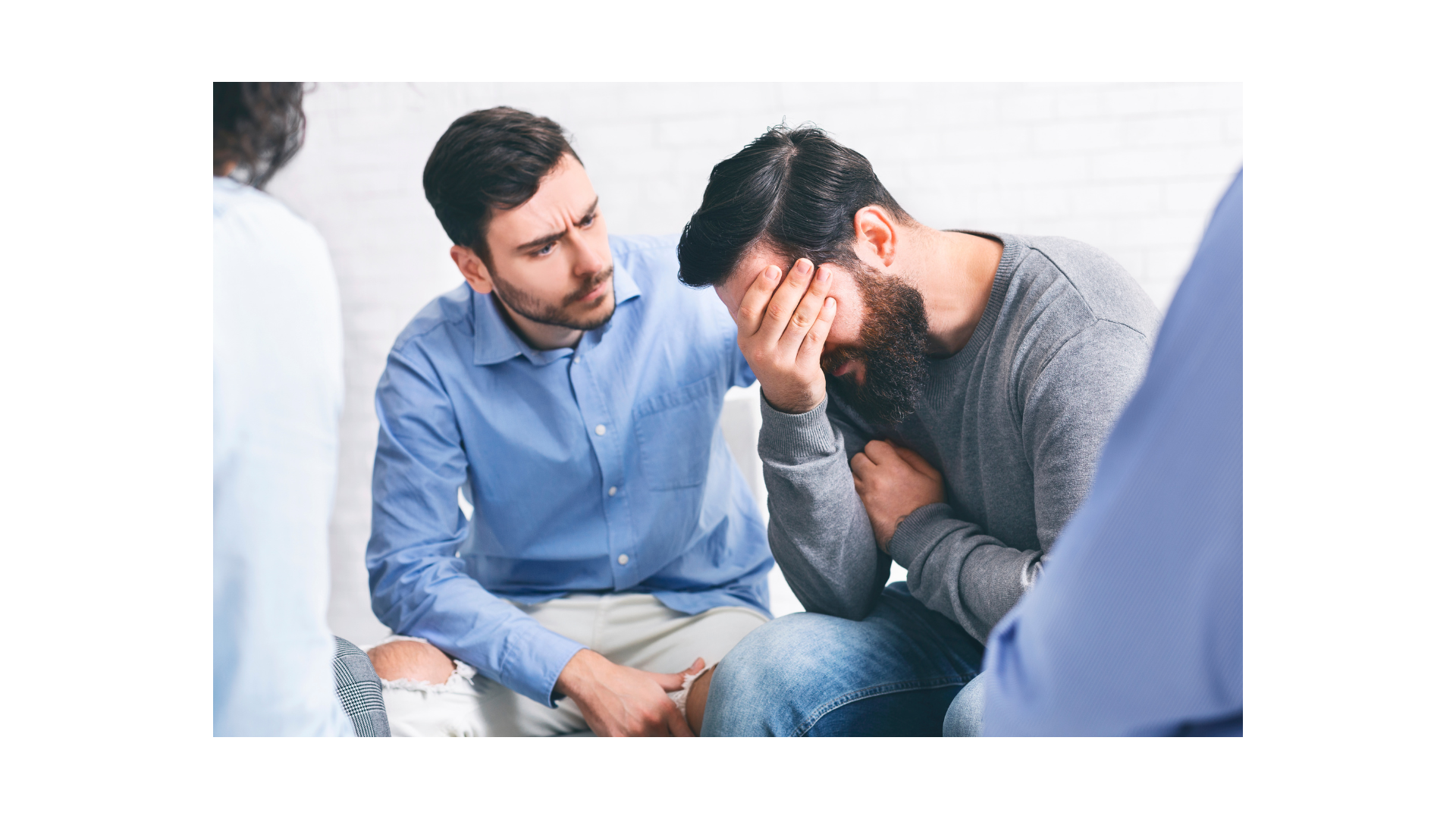Opioid addiction has become one of the most urgent public health challenges in the United States. From prescription painkillers to illicit street drugs, opioids have contributed to hundreds of thousands of overdose deaths and continue to devastate families and communities across the nation. Yet, despite the grim statistics, there is hope: effective treatment options exist, and recovery is absolutely possible.
This article explores the realities of opioid use disorder (or “OUD”), the symptoms of withdrawal, and the comprehensive treatment approaches, including medication-assisted treatment (“MAT”) which can save lives.
What Is Opioid Use Disorder?
Opioid Use Disorder is defined as the chronic misuse of opioids leading to dependence, tolerance, and significant impairment in daily life. It is not a moral failing, it is a medical condition that alters brain chemistry and behavior.
According to the National Institute on Drug Abuse (NIDA), nearly 2.1 million Americans suffer from opioid use disorder each year. The condition spans demographics, affecting people from every socioeconomic and geographic background.
Commonly Abused Opioids
Opioids include both prescription medications and illicit drugs. Among the most commonly misused are:
- Prescription Painkillers: Oxycodone (OxyContin), Hydrocodone (Vicodin), Morphine, Codeine
- Synthetic Opioids: Fentanyl (extremely potent, often found in counterfeit pills or mixed with heroin)
- Illicit Opioids: Heroin, which is cheap, widely available, and often mixed with fentanyl to increase potency
The danger lies in the fact that many people who start with prescription opioids transition to illicit drugs once prescriptions are no longer available or affordable.
Withdrawal Symptoms
One of the reasons opioid addiction is so difficult to overcome is the severity of withdrawal symptoms. These symptoms can begin within hours of the last dose and peak within 1–3 days.
Common withdrawal symptoms include:
- Intense drug cravings
- Anxiety and irritability
- Muscle aches and joint pain
- Insomnia
- Nausea, vomiting, and diarrhea
- Sweating, chills, and goosebumps
- Abdominal cramping
- Dilated pupils and watery eyes
Though not usually fatal on their own, opioid withdrawals can be so distressing that many people relapse simply to stop the pain. Medical detox is often the safest way to manage this process.
The Role of Detox
Detoxification is the first step in treatment. During opioid detox, the body clears itself of the drug under medical supervision. Detox is not a cure for addiction, but it creates a safe foundation for ongoing therapy.
A medically supervised detox includes:
- Continuous Monitoring: Vital signs and withdrawal symptoms are observed around the clock.
- Medication Support: Medications such as buprenorphine, methadone, or clonidine may be used to reduce cravings and ease withdrawal discomfort.
- Nutritional and Hydration Support: Essential for stabilizing the body during withdrawal.
- Emotional Care: Counseling and reassurance to help manage the psychological stress of early detox.
Without medical support, the risk of relapse during detox is extremely high.
Relapse Prevention
Relapse is a common part of the recovery journey, but it does not mean failure. In fact, relapse rates for addiction are similar to other chronic illnesses like diabetes or hypertension. What matters is how relapse is prevented and managed.
Relapse prevention strategies for opioid use disorder include:
- Identifying Triggers: Recognizing situations, places, or people associated with drug use.
- Developing Coping Skills: Using mindfulness, therapy, or exercise as alternatives to drug use.
- Support Systems: Building strong networks through group therapy, 12-step programs, or peer recovery communities.
- Aftercare Planning: Transitioning from inpatient treatment to outpatient programs or sober living environments for continuity.
Research shows that individuals who stay in treatment for at least 90 days have significantly better outcomes than those who leave early.
Treatment Efficacy
The good news is that professional treatment for opioid use disorder works. Studies have demonstrated that structured programs combining medical care, therapy, and social support can dramatically reduce relapse and overdose risk.
- According to NIDA, individuals in long-term treatment are far more likely to achieve sustained recovery.
- Medication-assisted treatment, in particular, has been shown to cut overdose deaths by more than 50%.
- Integrated treatment models that address co-occurring mental health disorders result in improved outcomes across both addiction and psychiatric conditions.
These findings reinforce the importance of seeking professional help rather than attempting recovery alone.
Medication-Assisted Treatment (MAT)
Medication-assisted treatment (MAT) is one of the most effective tools for treating opioid use disorder. MAT combines FDA-approved medications with counseling and behavioral therapies.
Common MAT medications include:
- Methadone: A long-acting opioid agonist that prevents withdrawal symptoms and reduces cravings.
- Buprenorphine: A partial agonist that helps stabilize brain chemistry while limiting the risk of misuse.
- Naltrexone: An antagonist that blocks the euphoric effects of opioids, reducing the incentive to relapse.
When paired with therapy and support services, MAT helps individuals regain stability and rebuild their lives. It also significantly reduces the risk of fatal overdose.
How to Begin Recovery
Opioid addiction is one of the greatest health crises of our time, but it is not unbeatable. With evidence-based treatments, supportive care, and long-term relapse prevention strategies, individuals struggling with opioid use disorder can reclaim their lives.
The first step is seeking help. If you or someone you love is struggling with opioid addiction, know that resources are available. Regal Treatment provides medically supervised detox, evidence-based therapies, and medication-assisted treatment tailored to each individual’s needs. Call Regal Treatment at 818-533-9993 to learn more about our facility and addiction treatments for yourself, a loved one, or a friend. We offer free insurance verification online as well and are always 100% confidential.
Recovery may begin with a single step, but with the right care, it can lead to a lifetime of healing.





